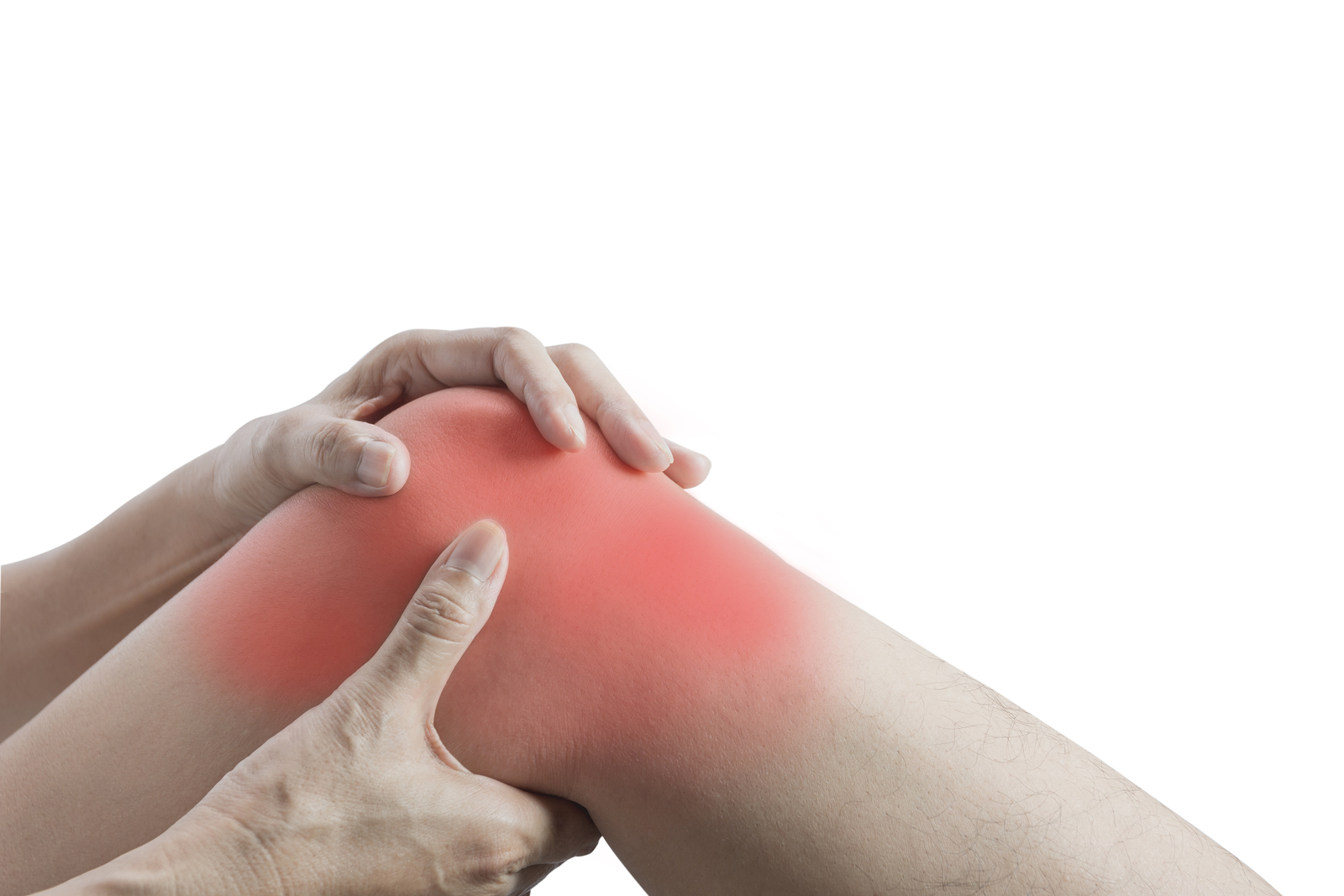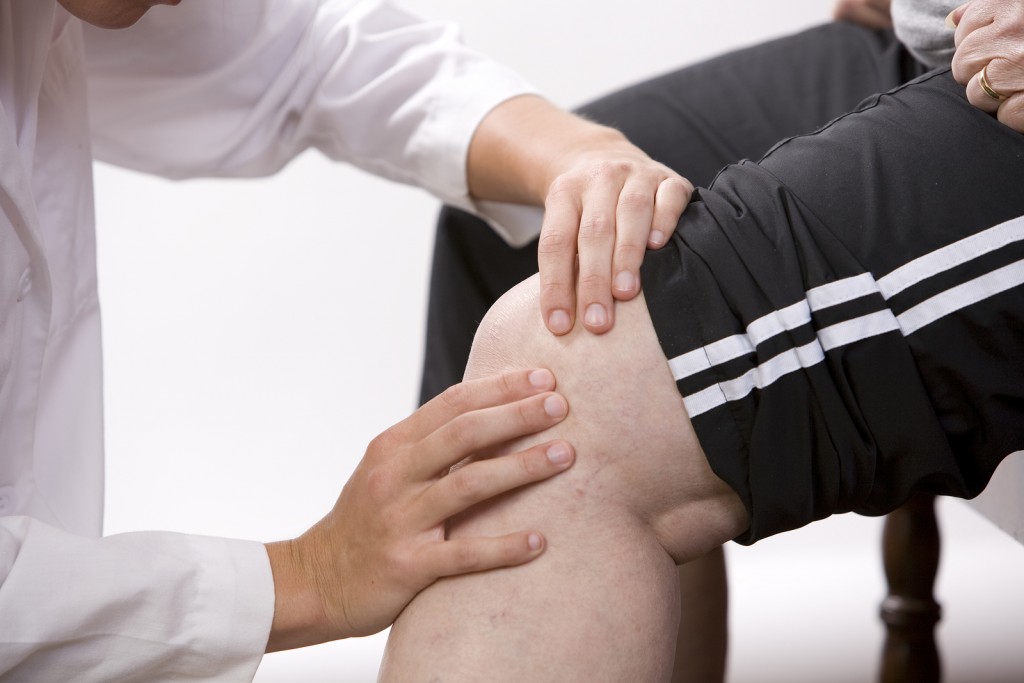Patellofemoral Pain (PFP) is an umbrella term that describes peripatella or retropatella pain in the absence of other pathologies. Other descriptions for PFP include patellofemoral pain syndrome, anterior knee pain and chondromalacia patellae (Brukner et al, 2017) and is common in loading activities such as squatting, running and stair ambulation (Crossley et al, 2016).
Although numerous intra and extra articulating structures could be responsible for the production of PFP, the actual cause is not entirely understood (Collado and Fredericson, 2010). One consideration is that PFP is a result of an increased loading through the knee, causing peripatella synovitis or damaging the articulating patellofemoral cartilage which, although avascular and aneural could result in an inflammatory cascade that produces synovial irritation (Brukner et al, 2017).
PFP has shown to affect adolescents, young adults, elite athletes as well as members of the general population with incidence rates varying between 15%-45% and is considered one of the most common types of knee pain (Smith et al, 2018).
Previous systematic reviews like the one produced by van der Heijden et al (2015) suggested that there was very low but consistent evidence highlighting the positive impact of exercise on PFP, and that exercises focusing on both the hip and the knee reported better outcomes than exercise focusing solely on the knee.
Another systematic review by Smith et al (2015) looking at knee orthoses found very low evidence that using a knee orthosis did not improve reported pain levels or improved function in the short term (3 months) for adults who were also undergoing an exercise programme.
In both instances, the authors concluded that further high quality research was required to identify the appropriate dosage and modality to treat those suffering with PFP.
2018 Consensus Statement for Patellofemoral Pain.
To address this, a 2018 Consensus statement on exercise therapy and physical interventions was produced by Collins et al (2018). 51 Scientists and clinicians from across the world attended the International Patellofemoral Research Retreat in Australia for their biannual meeting to discuss the latest PFP research developments, discuss literature to formulate consensus statements and to develop future research agenda.
Part of this two day meet was to analyse systematic reviews and randomized controlled trials since their 2016 consensus statement on the same topic to identify whether clinical practice needs to be changed in light of new evidence.
A literature search was performed and studies were classified under the headings:
- Exercise therapy
- Combined interventions
- Foot orthoses
- Patella taping and bracing
- Other adjunctive therapy.
Papers were reviewed by three people and graded in relation to their quality by using the Assessment of Multiple Systematic Reviews (AMSTAR) tool and the PEDro score for methodological quality of randomized controlled trials. Findings from new trials was presented to a panel of 41 attendees which made up the expert panel and consisted of active researchers and clinicians. This panel would vote on whether alterations to current recommendations were in order, or whether new statements should be included in the consensus.
Results
Discussions within the expert panel manly focused on new literature that considered adjunct therapies such as acupuncture, dry needling, manual soft tissue techniques, blood flow restriction training and gait training. However, there was uncertainty regarding the quality of this evidence and therefore the recommendations from the 2016 consensus remained unchanged. These include:
- Exercise therapy is recommended to reduce pain in the short, medium and long term with an improvement in function in the medium and long term.
- A combination of both knee and hip exercises is recommended to reduce pain and improve function in the short, medium and long term and is recommended over knee exercises alone.
- Combined interventions are recommended to reduce pain in adults with PFP in the short and medium term. This means exercise therapy and either foot orthoses, patella taping or manual therapy.
- Foot orthoses are recommended to reduce pain in the short term.
- Patellofemoral, knee and lumbar mobilisations not recommended in isolation.
- Electrophysiological agents are not recommended.
However.…
Some caution should be required when interpreting the results from this paper. Firstly, members of the panel who voted were a combination of active researchers and clinicians. Insight from their own research and experiences around the treatment of PFP may have biased the way they voted towards the statements.
Secondly, and as noted within the paper itself, the idea of the meeting was to share new ideas and knowledge around the treatment of PFP. Discussions that took place over these two days may have biased the statements that were produced to the expert panel.
In conclusion
Since the 2016 consensus statement surrounding the management of PFP, there has been insufficient high quality evidence to suggest any alterations in the recommendations are required. Exercise remains the modality of choice, particularly focusing on the hip and knee which correlates with previous literature such as the Cochrane review previously mentioned and therefore the clinical management of PFP should not change. While these statements provide a guide for clinicians and practitioners alike in the treatment of PFP, the multifactorial aspects that could contribute to the production of pain means that thorough investigation and clinical reasoning should be utilized to offer a personalized and appropriate intervention for your patients.
References
- Brukner, P., Carlsen, B., Cook, J., Cools, A., Crossley, K., Hutchinson, M., McCory, P., Bahn, R. and Khan, K. (2017). Clinical Sports Medicine. 5th Edition. McGraw-Hill Education. Australia.
- Collado, H. and Fredericson, M. (2010). Patellofemoral pain syndrome. Clinics in sports medicine, 29(3), pp.379-398.
- Collins, N.J., Barton, C.J., van Middelkoop, M., Callaghan, M.J., Rathleff, M.S., Vicenzino, B.T., Davis, I.S., Powers, C.M., Macri, E.M., Hart, H.F. and de Oliveira Silva, D. (2018). 2018 Consensus statement on exercise therapy and physical interventions (orthoses, taping and manual therapy) to treat patellofemoral pain: recommendations from the 5th International Patellofemoral Pain Research Retreat, Gold Coast, Australia, 2017. Br J Sports Med, pp.bjsports-2018.
- Crossley, K.M., van Middelkoop, M., Callaghan, M.J., Collins, N.J., Rathleff, M.S. and Barton, C.J. (2016). 2016 Patellofemoral pain consensus statement from the 4th International Patellofemoral Pain Research Retreat, Manchester. Part 2: recommended physical interventions (exercise, taping, bracing, foot orthoses and combined interventions). Br J Sports Med, 50(14), pp.844-852.
- Smith, B.E., Selfe, J., Thacker, D., Hendrick, P., Bateman, M., Moffatt, F., Rathleff, M.S., Smith, T.O. and Logan, P. (2018). Incidence and prevalence of patellofemoral pain: A systematic review and meta-analysis. PloS one, 13(1), p.e0190892.
- Smith, T.O., Drew, B.T., Meek, T.H. and Clark, A.B. (2015). Knee orthoses for treating patellofemoral pain syndrome. Cochrane Database of Systematic Reviews, 2015.
- van der Heijden, R., Lankhorst, N., van Linschoten, R., Bierma-Zeinstra, S. and van Middelkoop, M. (2015). Exercise for treating patellofemoral pain syndrome. Cochrane Database of Systematic Reviews, 2017(6).

